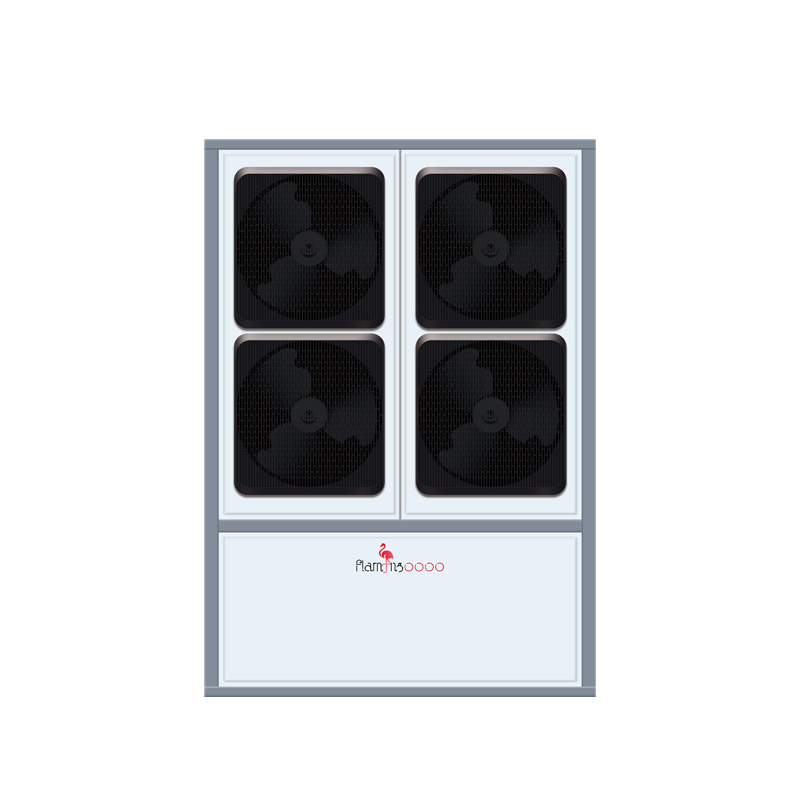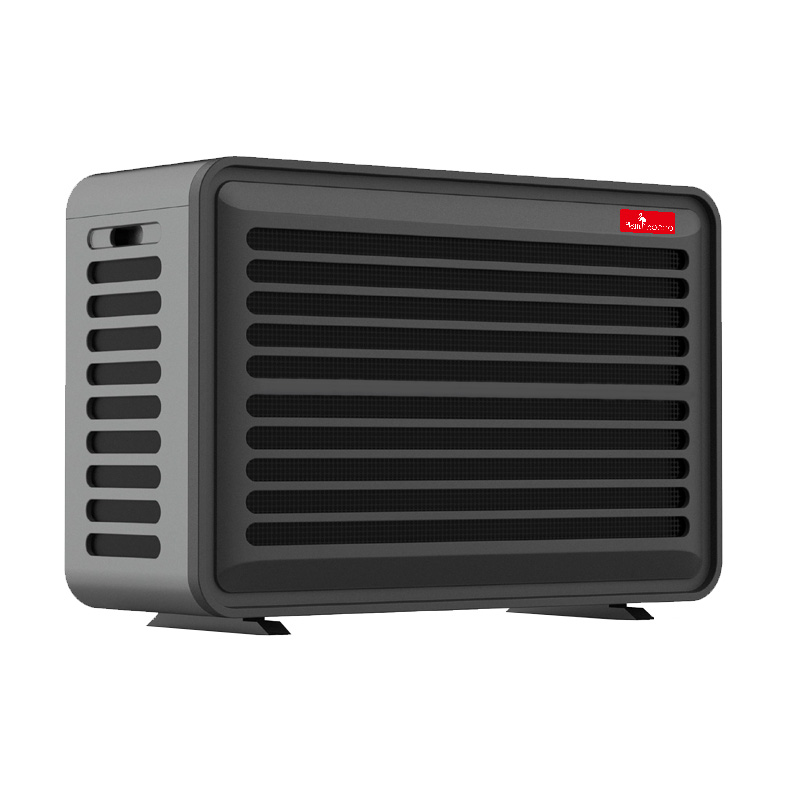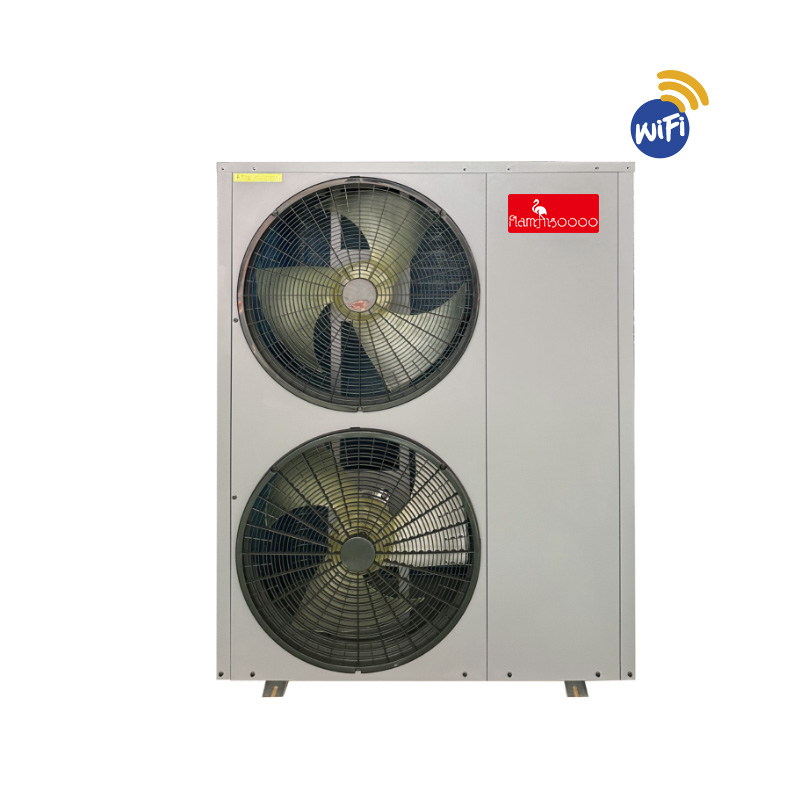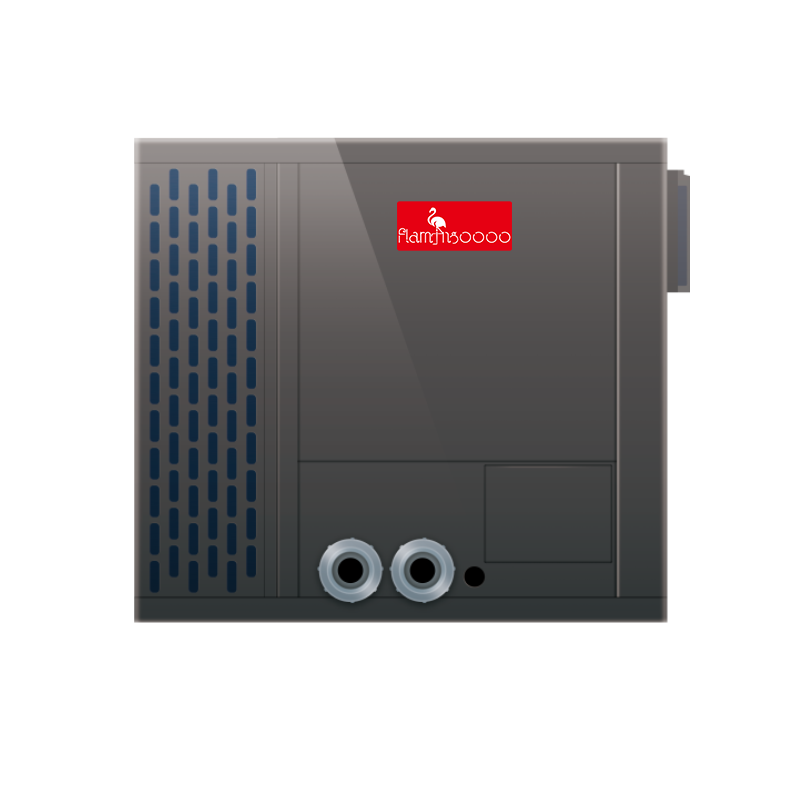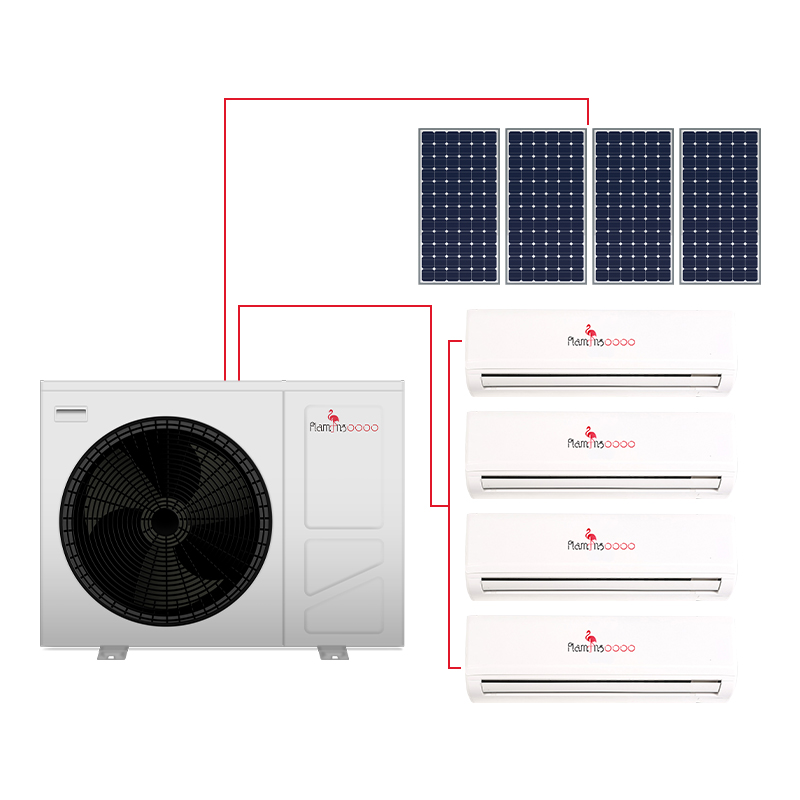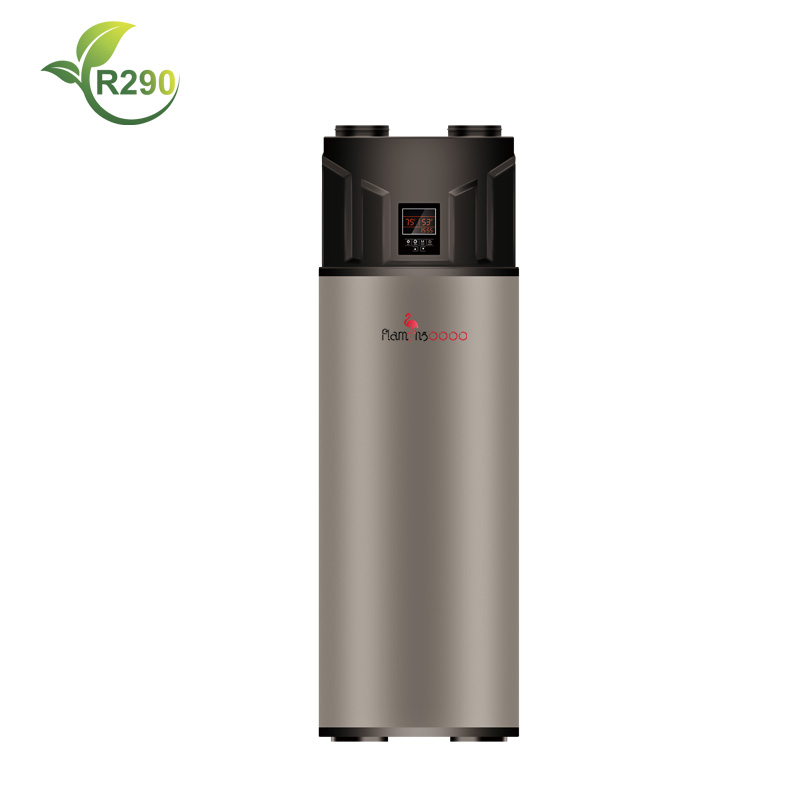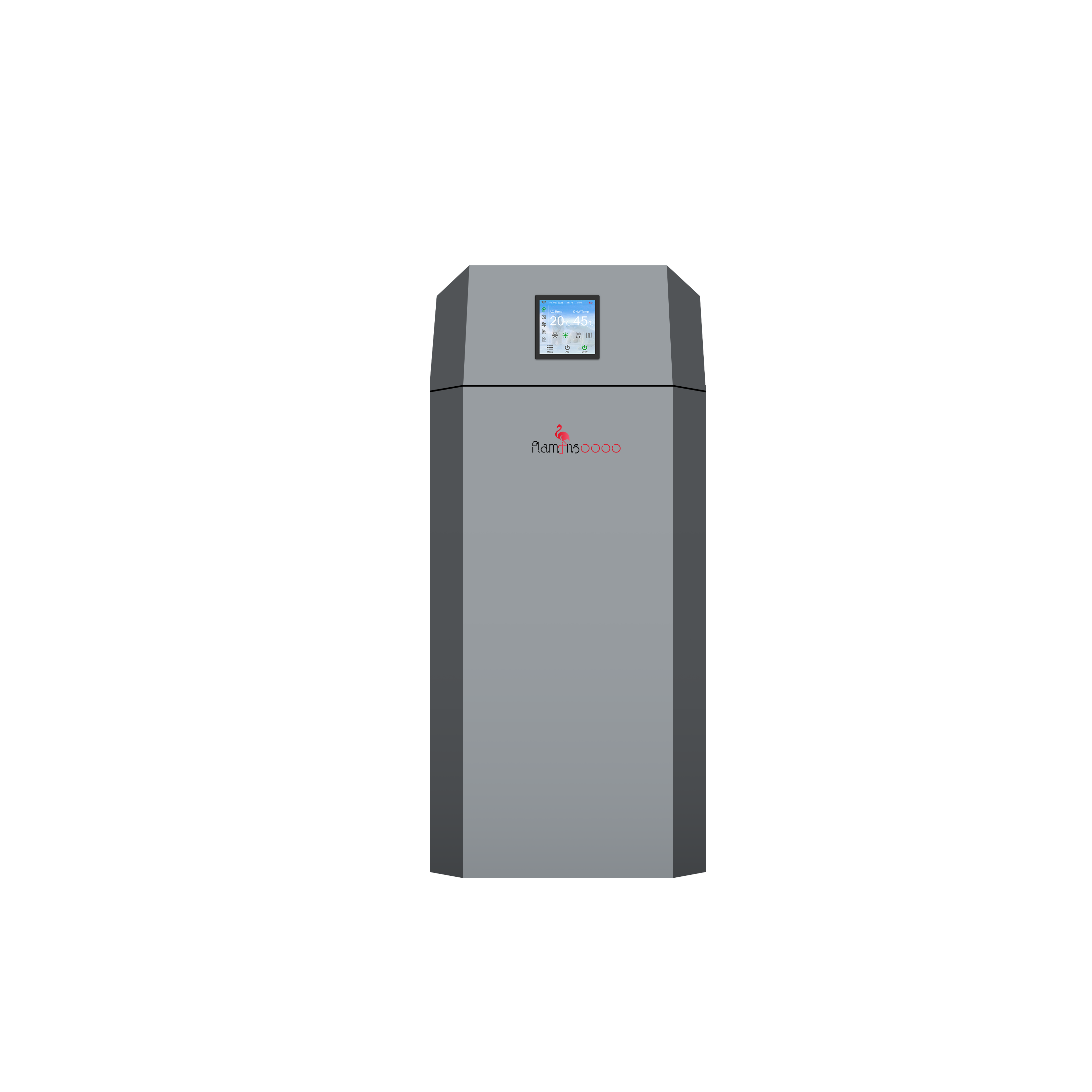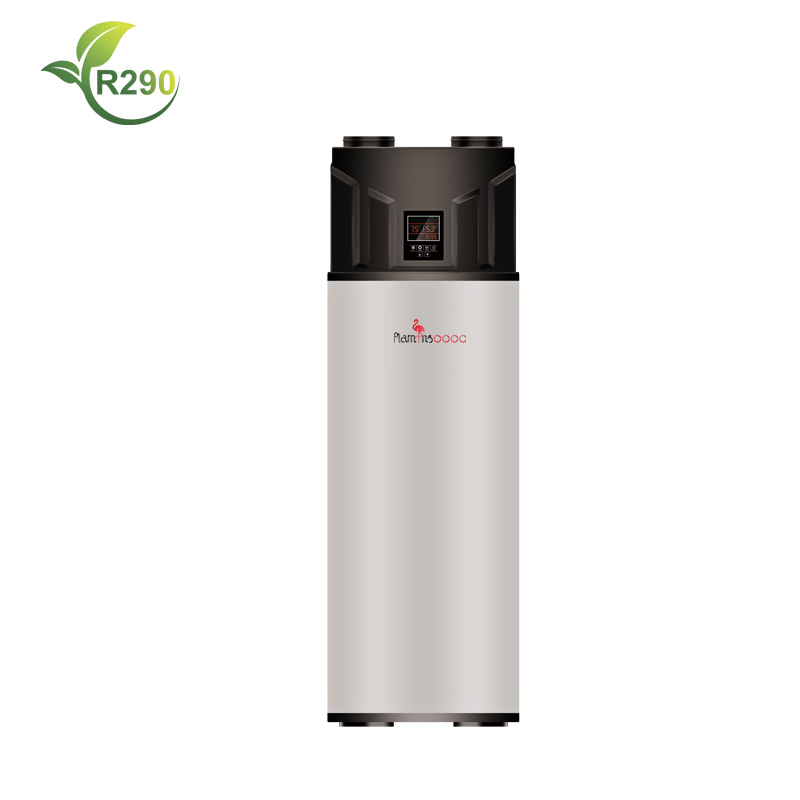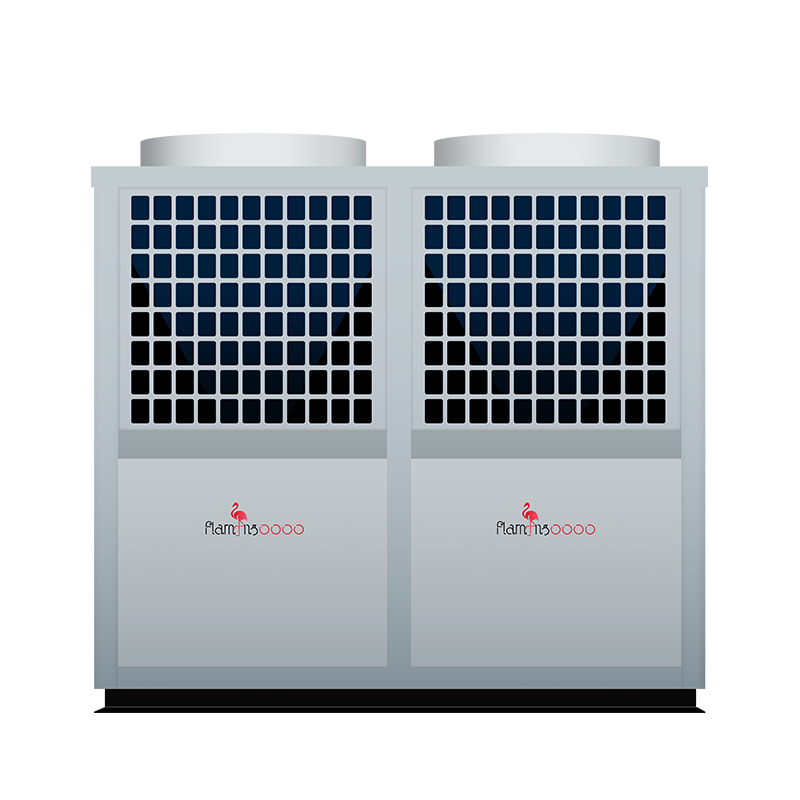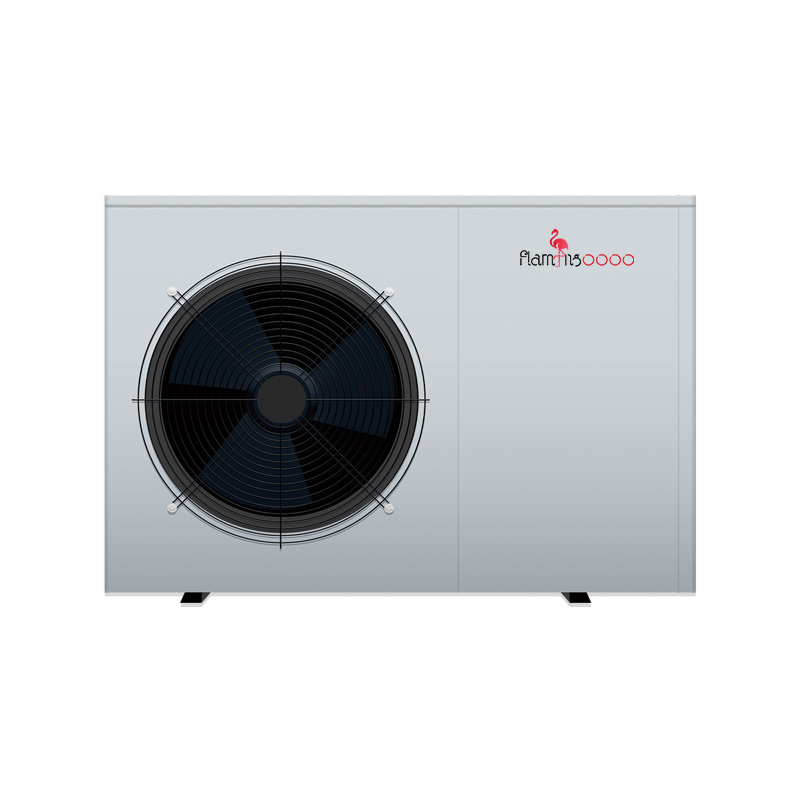Types of Heat Pump Heat Exchangers
In numerous industries, particularly within the HVAC sector, the maintenance of precise temperature control stands as a cornerstone for seamless operational flows. This pivotal task is where heat exchangers emerge as the unsung protagonists, diligently enabling the adjustment of diverse fluids to their targeted temperature thresholds.
Heat exchangers are instrumental in the transfer of thermal energy between disparate fluids, ensuring their complete isolation throughout the process. This crucial separation ensures that the fluids remain unmixed and uncontaminated, thereby preserving their inherent qualities and characteristics.
Picture a complex industrial scenario where heated water is tasked with warming another fluid, yet the two must never physically come into contact. This is precisely where a heat exchanger shines, efficiently transferring the warmth from the hot water to the second fluid without any direct interaction.
The depths of this article delve further into elucidating concepts such as the essence of a heat exchanger, the diverse array of heat exchanger types, the specific heat exchanger variants best suited for HVAC systems, and lastly, the criteria for selecting the optimal one for any given application.
Amongst the various heat pump exchangers discussed above, there are 3 specific ones that are most suitable for HVAC systems.
• Shell and Tube Heat Exchanger:
Its services boast the capability to adeptly handle a diverse spectrum of operations, ranging from small residential buildings to vast industrial applications. The shell and tube heat exchanger design, with its robust structure and expansive surface area for heat transfer, guarantees reliability and peak performance that endures over extended periods.
• Plate Heat Exchanger:
This heat pump heat exchanger is highly esteemed for its compact design and remarkable versatility in managing diverse temperature ranges. The plate heat exchanger, in particular, stands out as the ideal choice for HVAC applications where space constraints are prevalent and exceptional efficiency is paramount.
• Finned-Tube Heat Exchanger:
This innovative heat exchanger enhances its heat transfer capabilities by incorporating fins, which significantly expand the surface area, making it exceptionally suited for air-to-liquid heat transfer applications. Finned-tube heat exchangers are routinely employed in heat pump systems, such as the R290 heat pump, to effectively bolster the heat exchange process between air and water, ensuring optimal performance and efficiency.
We provide comprehensive heat pump services, encompassing a wide range of requirements. Should you have any inquiries or specific heat pump needs, kindly reach out to us here to engage in a discussion with our team of experts.

